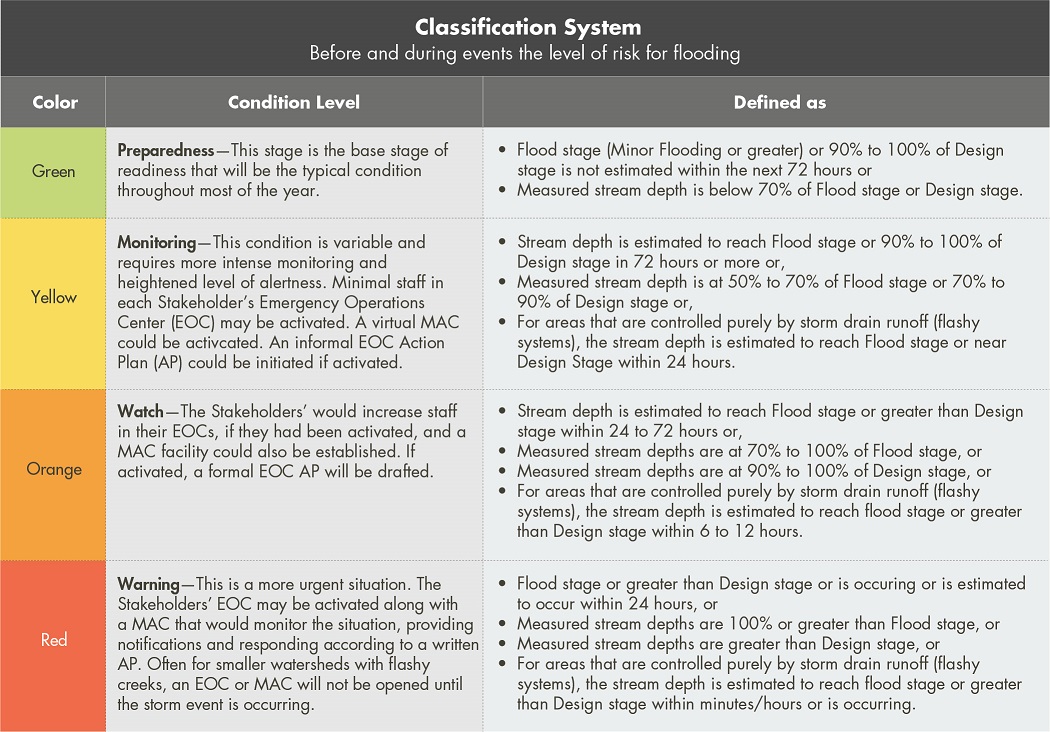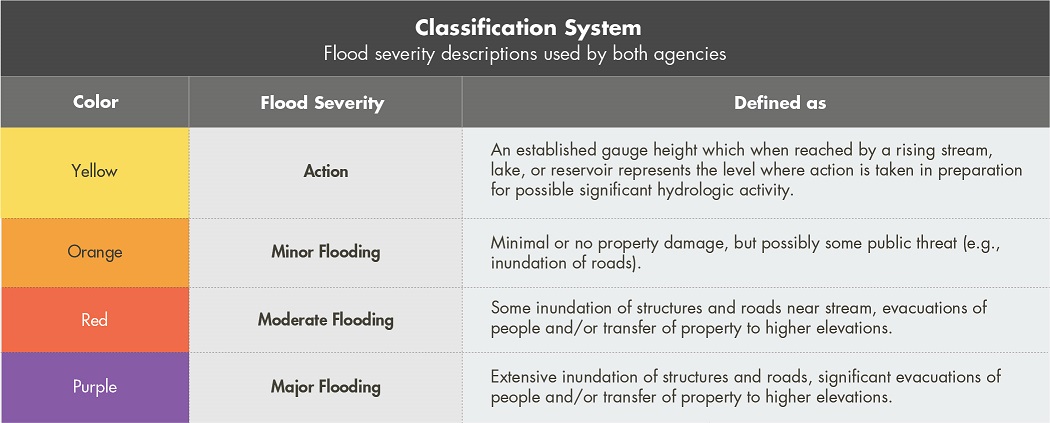These Flood and Severe Storm event Emergency Action Plans have been developed and public versions are available:
- Lower Peninsula Watershed Emergency Action Plan (includes Permanente & Hale Creeks, San Francisquito Creek, and Palo Alto Flood Basin)
- West Valley Watershed Emergency Action Plan (includes San Tomas Aquino Creek)
- Coyote Watershed & Guadalupe Watershed
- Lower Penitencia Creek Watershed Emergency Action Plan
- Joint Emergency Action Plan for Severe Storm and Flood Response in the City of San Jose (includes Coyote Creek, Guadalupe River, Upper Penitencia Creek, Ross Creek, Canoas Creek, Lower Silver Creek and Lake Cunningham):
- Uvas-Llagas Watershed
Valley Water provides flood management services for Santa Clara County. During severe storm events and high flows in the flood prone creeks, Valley Water implements emergency actions to protect life, property, and the environment. To do this, Valley Water works closely with partner agencies and other stakeholders to ensure a coordinated approach during flood and severe storm emergency events.
To improve the response to potential or actual flooding events, Emergency Action Plans have been developed that provide guidance on how Valley Water will prepare and respond to severe storm and high flow events. The plans describe 5 basic steps taken in response to storms and flood events.
- Event Detection
- Condition Level Determination
- Notification and Communications
- Actions and Responsibilities
- Termination and Follow-up
A key component of these plans is to create an easy-to-understand and easy-to-communicate classification system for setting a condition level based on flood risk and flood severity. Before and during events the level of risk for flooding uses the color-coded system shown below:

With the risk of flooding classified, the urgency of an event can be communicated and actions planned. However for actions to be most appropriate to the event, it is important to also understand and communicate how severe the event may be and what areas may be affected.
Valley Water and the National Weather Service both provide this type of classification. Below are the flood severity descriptions used by both agencies:

With an event's risk and severity established, the responsible agencies can best coordinate to provide a comprehensive response specific to the event.

